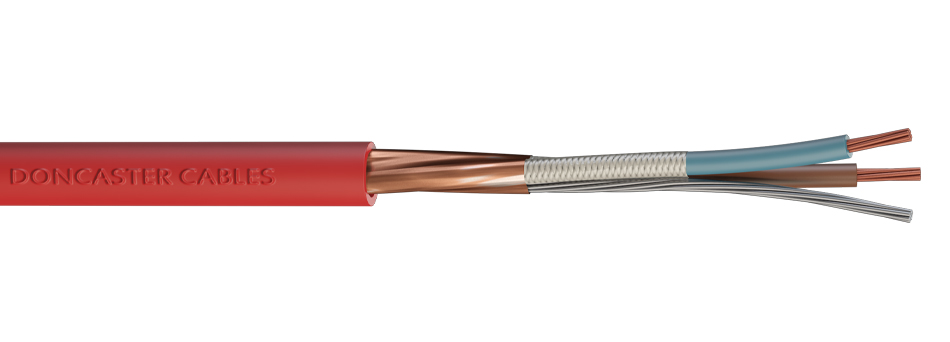Since the first wire and cable invented in the social, with the development of social science and technology, the wire and cable industry also develop rapidly, it has been essential part for the whole world. How much do you know the cross-linkedcable ? For the cross-linkedcable, we usually adopt the irradiation cross-linked and silane cross-linked way during producing. This paper mainly introduce five ways to distinguish irradiation cross-linked cables and silane cross-linked cables.

First, distinguish them by the product name
Wire - irradiation cross - linked low - smoke halogen - free flame - retardant polyethylene insulated wire and cable; cable - irradiation cross - linked low - smoke halogen - free flame - retardant polyethylene insulation low - smoke halogen - free flame - retardant polyethylene sheathed power cable. Imitation products under the general name will be a little different, such as radiation cross-linked polyethylene insulated low smoke halogen-free jacketed flame retardant power cables and so on.
Second, hot water immersion to find difference between them
Put the wire core or the cable in hot water at 90 ℃ , under normal circumstances the insulation resistance does not decline rapidly and it will remain above 0.1MΩ/ Km. If the insulation resistance drops rapidly or even below 0.009MΩ/ Km, it is stated that the cable has not been subjected to a suitable irradiation crosslinking process. (Polyethylene or cross-linked polyethylene insulation material does not apply to this method identification, can be identified by the method described in the second).
Third, burn the epidermis
Use iron soldering burn it, and the iron insulation layer should be no obvious depression, if there is a larger , it is stated that there exit defects of insulating material or process . Or use barbecue light it,in general,it should not be easy to igniteunder normal circumstances,but though the after burning with long time, the insulation of the cable is still relatively complete, no smoke and irritating smell, while the diameter will be increased. If it is easy to ignite, it can be determined that the insulating layer of the cable does not use low-smoke halogen-free material (most likely polyethylene or cross-linked polyethylene material). If there is a larger smoke,it shows that the material of insulation layer is halogen-containing materials. If the insulation surface off serious, and no significant increase in diameter after burning for a long time,it tell us that the cable did not carry out appropriate irradiation cross-linking process.
Fourth, contrast the density
The density of Low smoke zero halogen material is bigger than water, you can peel a little insulation layer into the water, if it floating above the water, it is certainly not low smoke halogen-free materials.